More of what I’m reading now: When Men Murder Women–An Analysis of 2010 Homicide Data (PDF), published this fall by the Violence Policy Center. From the press release:
Nationwide, 1,800 females were murdered by males in single victim/single offender incidents in 2010. Where weapon use could be determined, firearms were the most common weapon used by males to murder females (849 of 1,622 homicides or 52 percent). Of these, 70 percent (597 of 849) were committed with handguns. In cases where the victim to offender relationship could be identified, 94 percent of female victims (1,571 out of 1,669) were murdered by someone they knew. Of these, 65 percent (1,017 out of 1,571) were wives or intimate acquaintances of their killers. Sixteen times as many females were murdered by a male they knew than were killed by male strangers. In 88 percent of all incidents where the circumstances could be determined, the homicides were not related to the commission of any other felony, such as rape or robbery.
